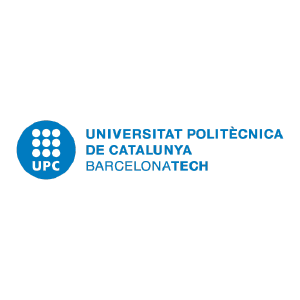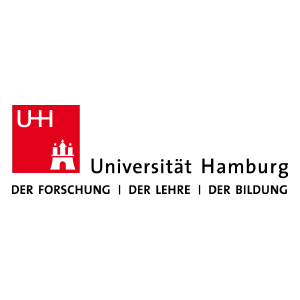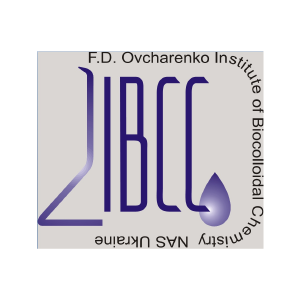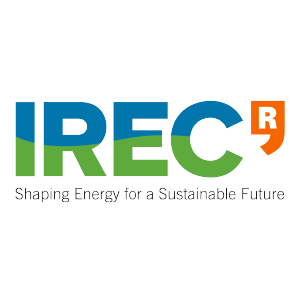Centre National de la Recherche Scientifique

The French National Centre for Scientific Research (CNRS) is among the world’s leading research institutions. Its scientists explore the living world, matter, the Universe, and the functioning of human societies in order to meet the major challenges of today and tomorrow. Internationally recognized for the excellence of its scientific research, the CNRS is a reference in the world of research and development, as well as for the general public. With a 3.3 billion of budget and 33 000 people employed, it is present in more than 1000 thousand laboratories in France and abroad.
Among them, the Institut Lumière Matière (Institute for Light and Matter) in Lyon, France, currently hosts over 300 students, research, teaching and support staff working in different areas of the physics and chemistry of light, materials, and their interaction. Its research covers the fabrication of (nano)materials, the study of their optical, electrical, mechanical, thermal and rheological properties, with experimental and theoretical multi-scale methods (from nanometer to meter length-scales; from attosecond to second time-scales). Interdisciplinary projects in engineering, biological, health and environmental sciences are also pursued.
The host team (Liquids and Interfaces) is focused on the influence of interfaces and confinement on the dynamics of liquids, solutions and soft matter. Its research covers the dynamics of these materials over a wide range of scale, from nanometric to macroscopic, as well as the coupling mechanisms between those various levels (micro to macro approach). It relies on tools developed for microfluidics, coupled to optical measurement or electrokinetic approaches, as well as macroscopic techniques. The team has hosted several European projects (ERC, ITN, FET-Open) in the recent years and regularly publishes papers in high-profile journals (Physical Review Letters, Nature,
Science, etc.).
Role in the project:
In the consortium the ILM team will contribute to the fabrication of model, transparent nanoporous media using various techniques (e.g. porous silicon anodization, photolithography, anodic bonding), to the experimental characterization of their behavior with respect to capillary imbibition, drying, and the occurrence of cavitation and/or salt crystallization. It will also contribute to modeling and prototype design.






